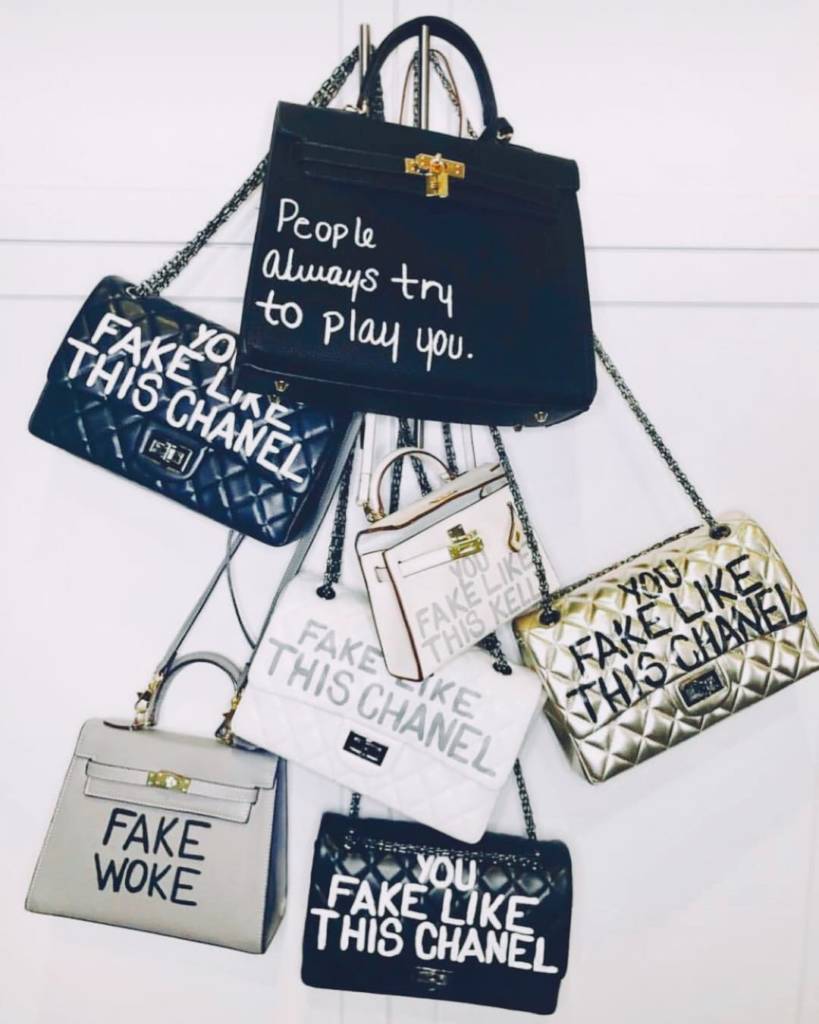
Photo source unknown // via @luckyandblessed1823
The secondary handbag market has its boons and pitfalls. Maybe you want to score a luxury bag for a fraction of its original price, or perhaps you’ve been dying to get your hands on the perfect Hermès bag in accordance with all of your specifications: how else are you ever going to find that B25 in Bleu Thalassa with Chamonix leather?
Whatever your reasons, it’s not uncommon to search the secondary market high and low for the next major addition to your collection. The main downside? Well, it’s obvious, isn’t it: How in the world are you supposed to know, with 100% certainty, that the bag is authentic?
It’s a Herculean task, and the (unfortunate) truth is that you may never know 100%. But we’re here to give you our tried-and-true guidelines to equip you with the skills to be comfortable in deciding whether a bag is real or fake. With fake handbags becoming ever more prevalent thanks to the rise of “superfakes” and the online resale market, it’s about time we updated our tips for spotting fakes. Read on for our ten rules that will, with any luck, lead you to clear judgment and handbag success!
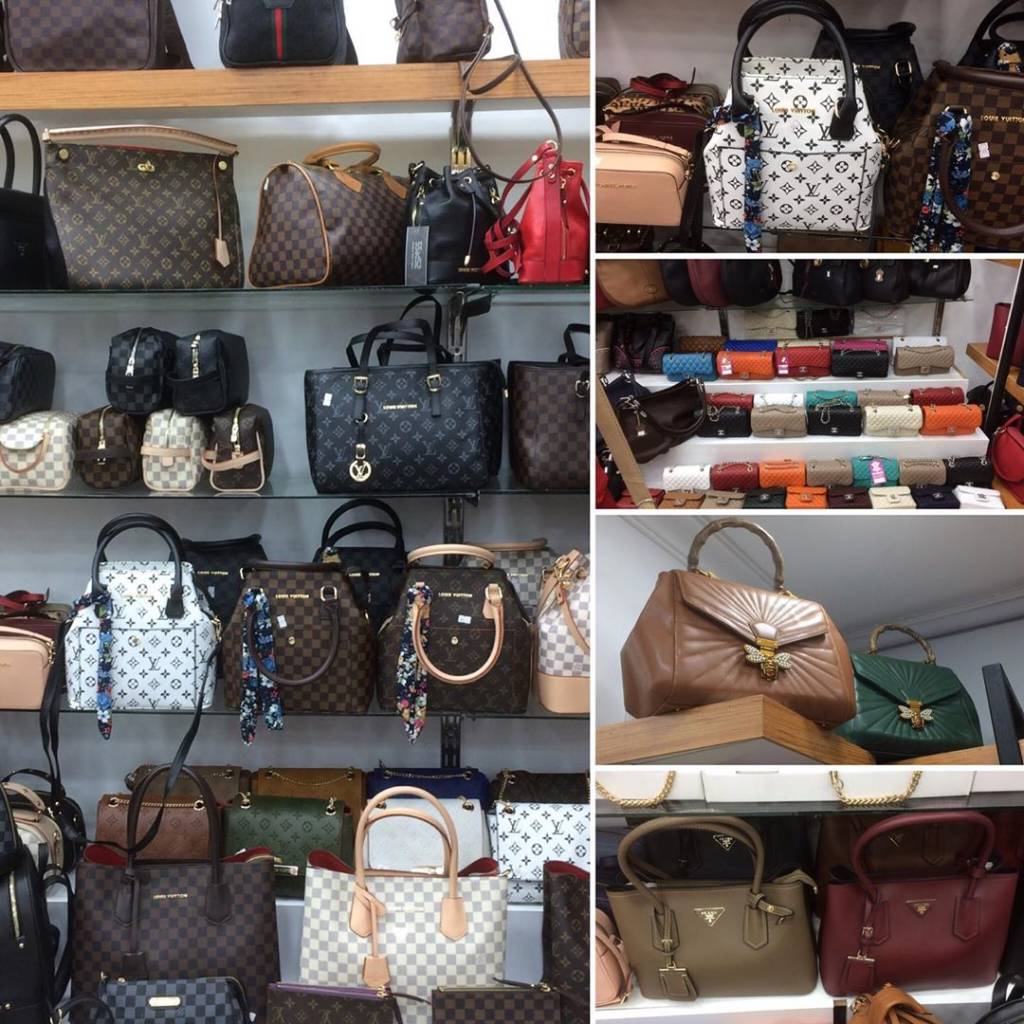
Fake bags, spotted by @encoreclothingagency
1. Ask for Detailed Photos of the Bag
This almost goes with out saying, but it’s important to reiterate: do not buy anything online without getting detailed photographs of the bag. If the seller—especially a small, private one—is unwilling to provide additional photos, that’s a huge red flag.
What you’re looking for are bright, clear photos of the bag (see the ones below, which are from TheRealReal). TheRealReal, of course, has in-house authenticators and professional photography, but these photos give you a sense of some of the details that need to be available to you, such as the bottom, inside, and stitching. These less-observed parts of a luxury bag are more likely to be overlooked by counterfeiters and hence less well-copied.
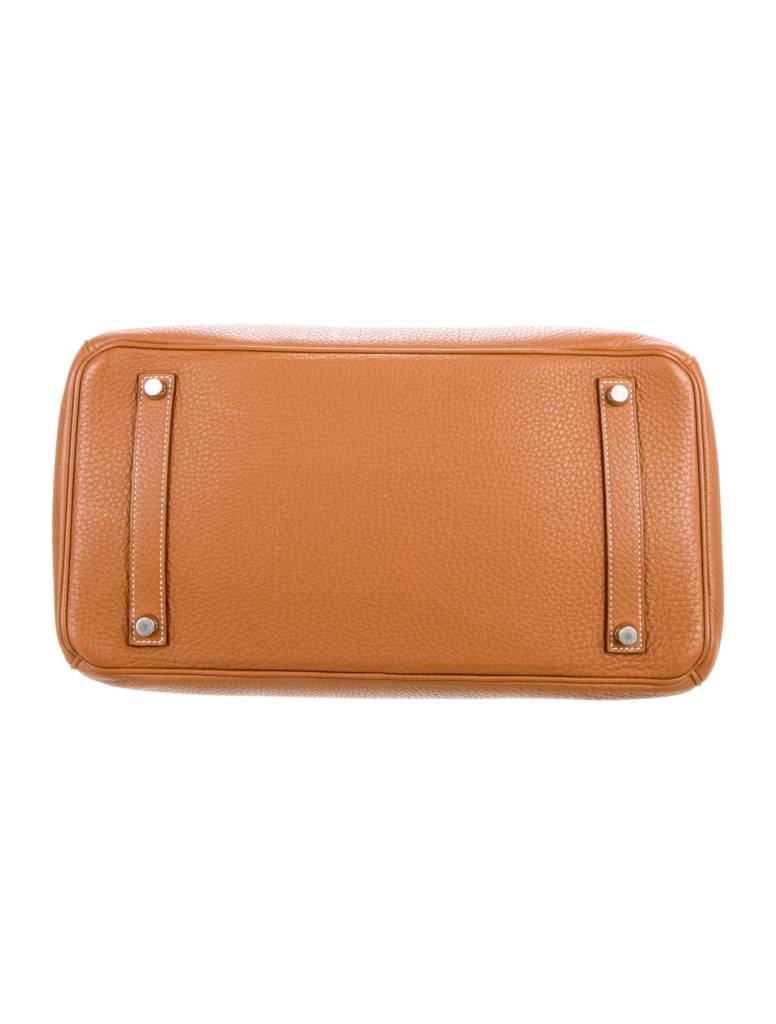
Photo courtesy of TheRealReal
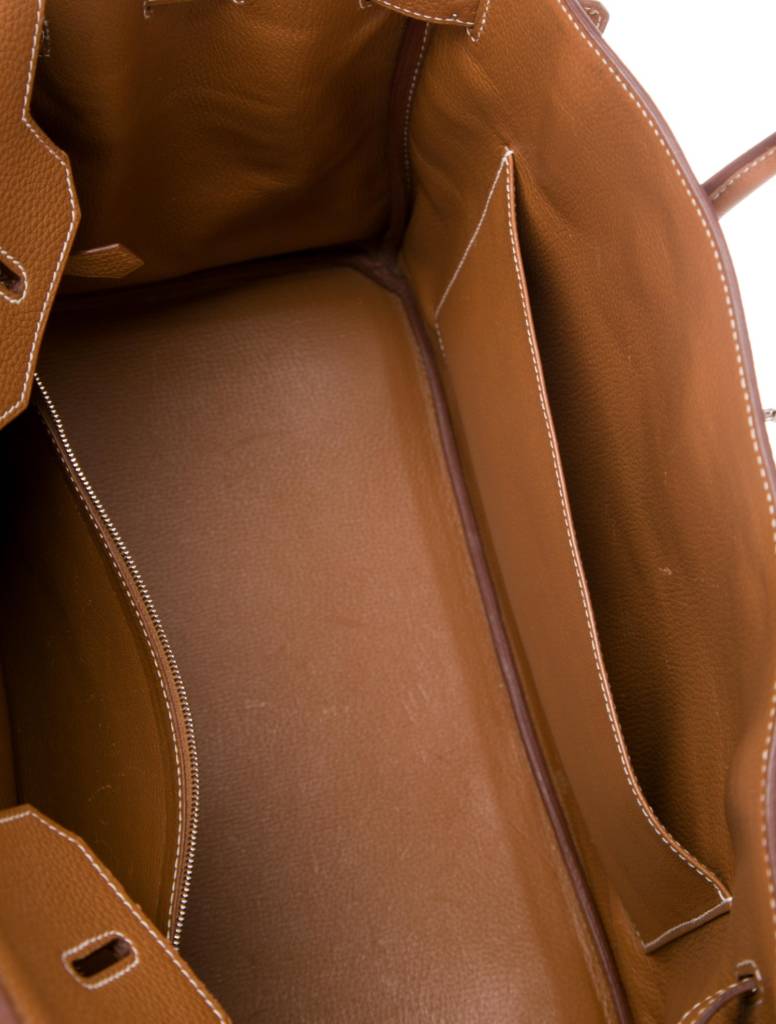
Photo courtesy of TheRealReal
2. Be Honest With Yourself About the Price
Of course there’s something thrilling about finding an expensive bag at a fraction of its original price. But if it’s too good to be true, it usually is. Luxury bags are pricey for a reason—craftsmanship, quality—and it wouldn’t make sense for a reseller to sell, for example, a Birkin at $2,000. How could they possibly make a profit?
The example below is a particularly egregious one. Aside from the shockingly low price, the bag is, um, clearly not a Birkin.

A current “Birkin” listing on eBay
3. Observe the Dust Bag Carefully
This is an addition that counterfeiters frequently overlook. Many fake bags do, in fact, come with a dust bag, but sometimes only one of subpar quality (often much worse quality than the bag itself).
If the bag you’re considering comes with a dust bag, make sure to notice the branding carefully. Has it been printed sloppily, as in the image below? Are parts of the ink smudged or faded? Perhaps most importantly—are the proportions off? Does, for example, the “CHANEL” lettering look too thin or too tall? These are the questions you should be asking yourself.
Also, note that not all authentic dust bags from a brand look alike. Hermès, for instance, sometimes prints multiple circles around its branding image, and sometimes just one. This is not a marker of authenticity.
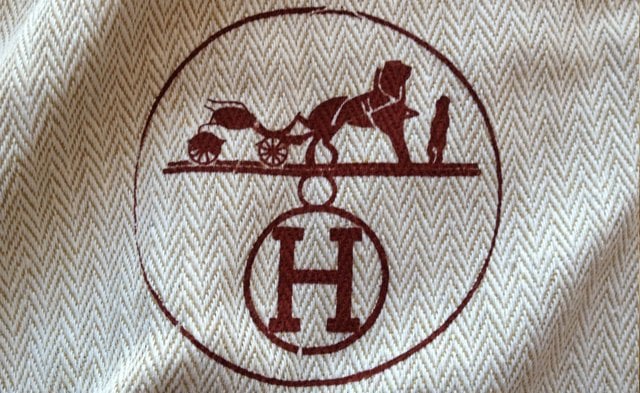
A fake Hermès dust bag. Photo courtesy of CloverSac.com
4. Check the Exact Proportions of the Logo
Major brands do not mess up their logos, whether that’s the lettering of their names or their classic branding symbols. Logos of strange and wonky proportions are a telltale sign of fake bags.
It’s hard for counterfeiters to always get the proportions right. Look at the (real) Chanel Shipping Container Minaudières below: the “CHANEL” is always the same size, with steady lines of equal width forming the letters. A fake Shipping Container might look similar, but with a “CHANEL” that is slightly too short, or with lines that are not quite even.
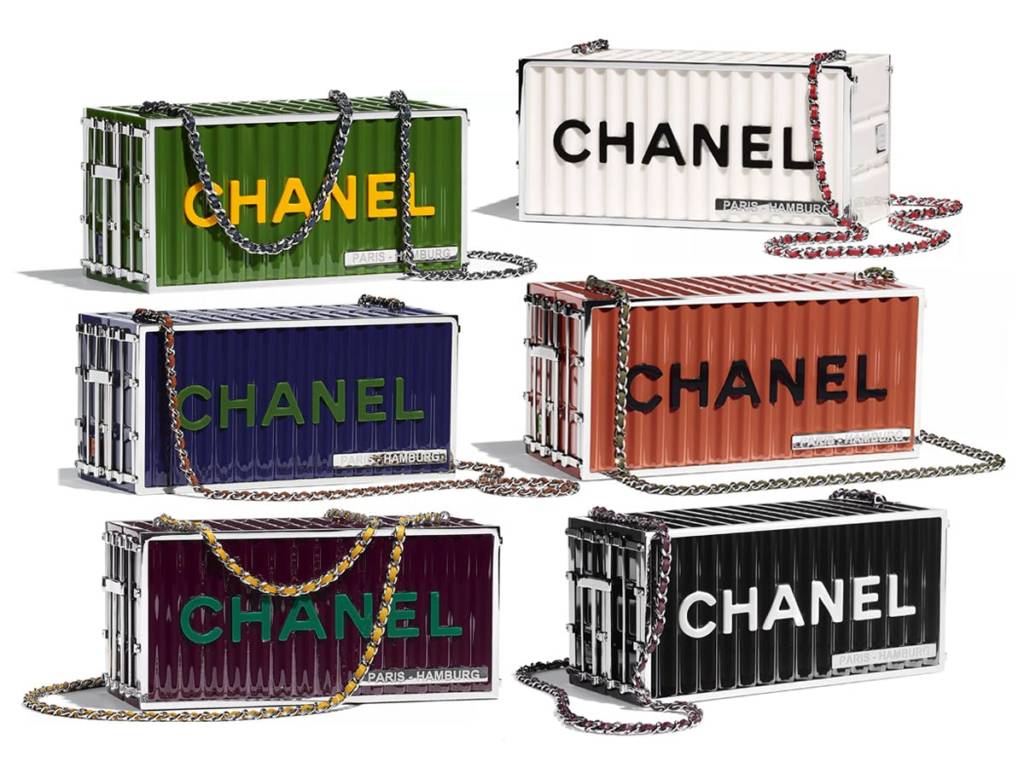
Photo courtesy of Chanel/Bagaholicboy
This rule also applies to the location of a logo. Take the CC locks below. Can you tell which is real, and which is fake?
The Classic Flap on the left is incredibly convincing, but it’s fake. Notice how the CC lock is not perfectly centered in its small leather flap, but instead rests slightly too close to the top. The CC lock on the real Chanel bag to the right rests perfectly in the center of its leather section.

Fake Chanel (left) & Authentic Chanel (right). Photo courtesy of Sabrina’s Closet
5. Check for Glue Lines
99% of the time, you will not find leftover glue anywhere on a luxury bag. (That said, the majority of luxury bags are produced in factories, where something can always go slightly wrong.)
So if you see glue residue on a bag, that’s a bad sign. Most importantly, check along the edges of the hardware and the sides of the stitching where two parts of a bag meet (e.g. the straps and the body of the bag). If small dribbles or flakes of glue have oozed out of that seam, say no. It’s not only a sign of inauthenticity, but also bad craftsmanship.
For a positive example of clean, glue-free seams, take a look at the high-res image of an LV Neverfull below.
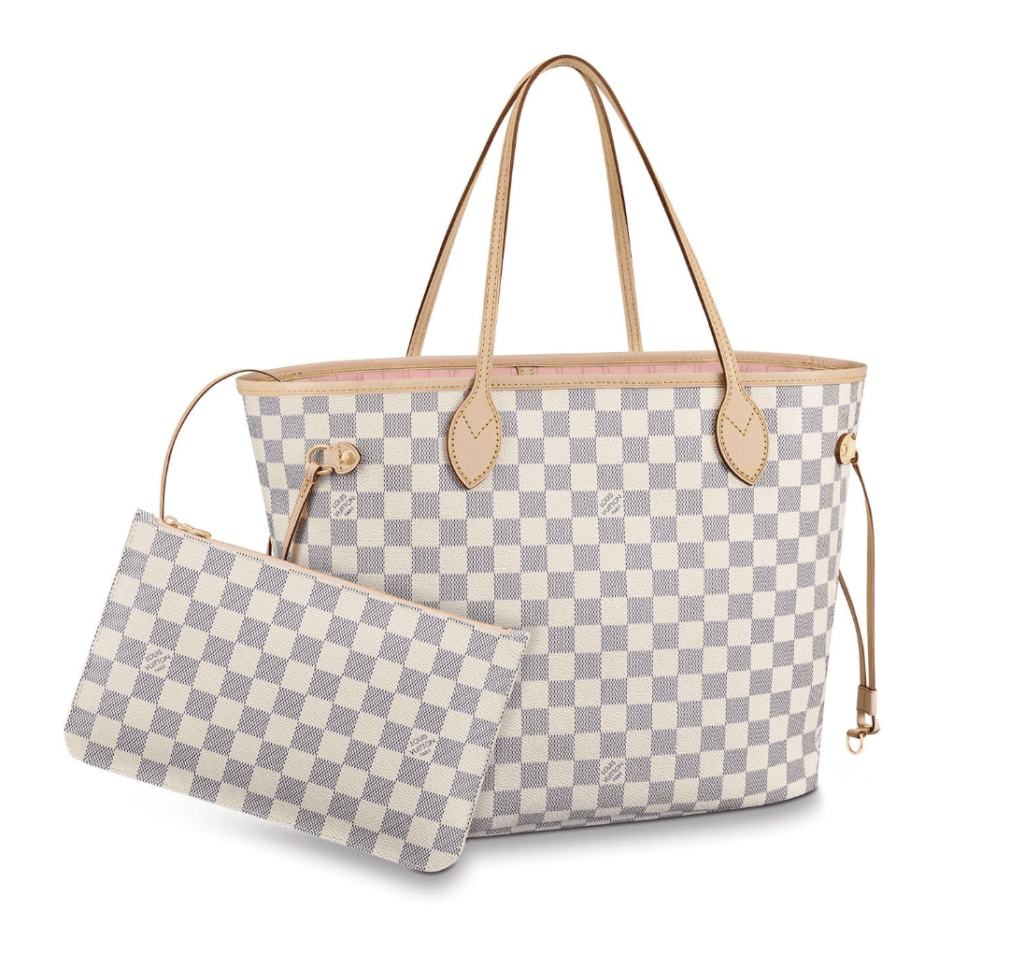
The Louis Vuitton Neverfull MM in Damier Azur Canvas. Note the clean lines and lack of visible glue. Photo courtesy of Louis Vuitton
6. Look for Rough Edges on the Leather
Luxury bags should not have rough edges; instead, their leather will have been cut cleanly and carefully. Such is the nature of factories and, in the case of Hermès, expert craftsmanship by hand.
Look closely at the Birkin sangle below. Although the counterfeiters were clever enough to include the Hermès stamp, which indicates the year it was made, the leather has been cut poorly. Not a Birkin after all.
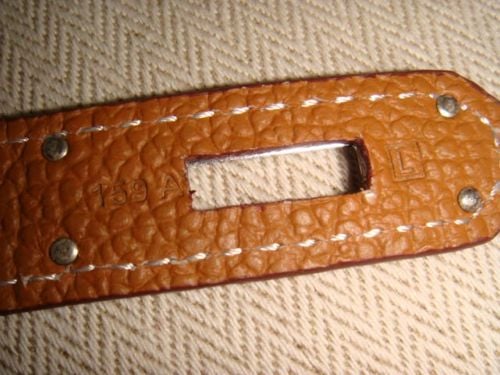
The rough cuts from a fake Hermès Birkin. Photo courtesy of BagBible.com
7. Analyze the Stitching
This is one of the most important judgments you can make. Do not buy a bag that has not been officially authenticated without analyzing the stitching up-close. The stitching is what counterfeiters often mess up.
Why? Well, it’s rather difficult to replicate good stitching. That takes time, practice and state-of-the-art technologies—all of which most counterfeiters do not possess. Note the authentic stitching (left) vs. fake stitching (right) below. The fake on the right isn’t a bad copy, from what we can see, but its stitching is sloppy and uneven. It’s also too tight, causing the leather not to sit flat.
The one exception is Hermès. Obviously, say no to “Hermès” bags with bad stitching. But if the stitching is *too* perfect, as it can be with Birkins and Kellys that are “superfakes,” be wary. Those bags are crafted by hand, and imperfection is in human nature. Absolutely perfect stitching means a machine might have been used instead.
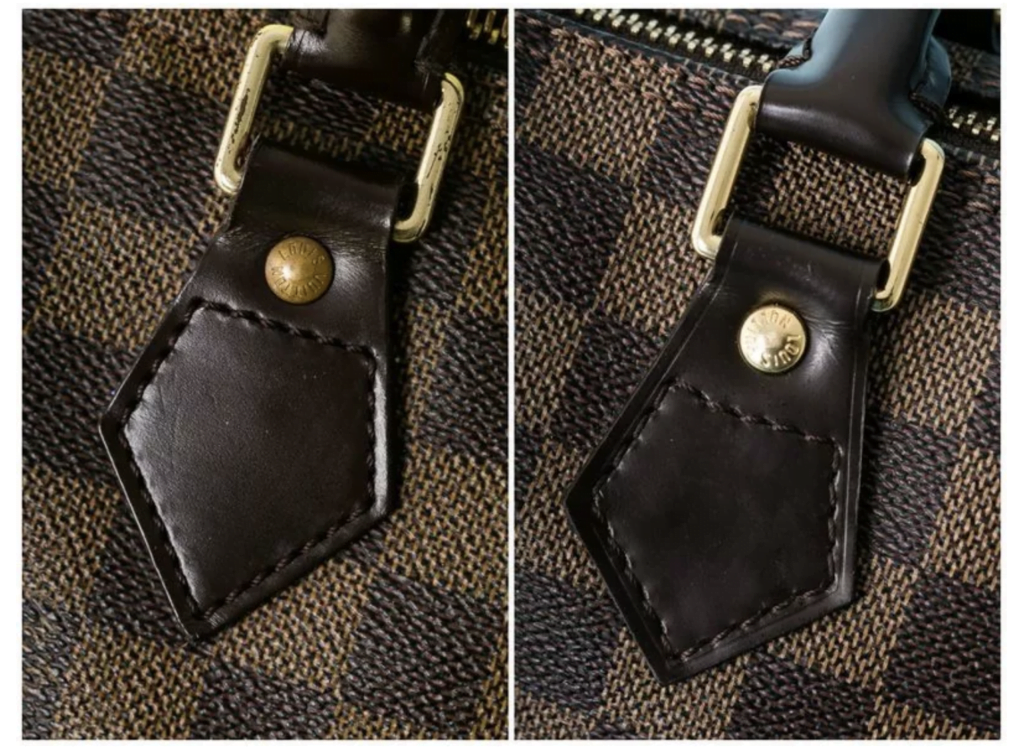
Authentic stitching (left) and fake stitching (right). Photo courtesy of Racked.com
8. Open up the Bag and Examine the Inside Label
The inside is where counterfeiters get lazy. They pay less attention to lining and materials, and they also care less about interior labels.
Interior labels should be just as nice as any other label on the bag (or dust bag): the stitching should be straight, the proportions and font correct, the leather cuts clear. You get the gist.
Observe the real interior tag from a Gucci bag below:
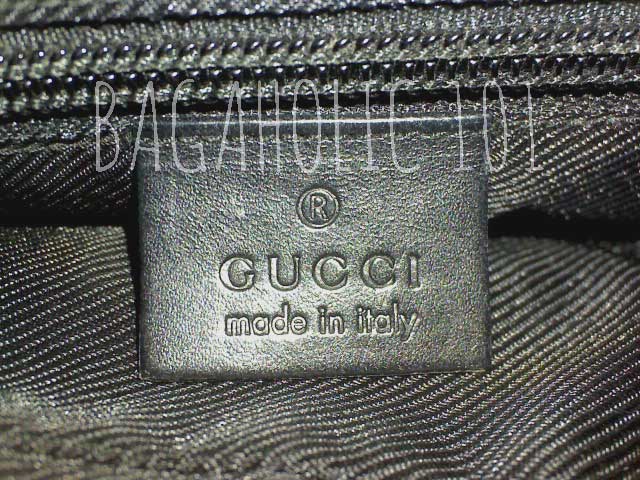
Authentic Gucci bag inner leather label tag. Photo courtesy of bagaholic101.com
Now take a look at this fake interior label. The font and stamping is sloppy at best. The letters are spaced incorrectly, the is “made in italy” mark is too tall and skinny, and the circle around the “R” is, well, not a circle.
Always try to compare these labels to photos of authentic ones from the brand online.
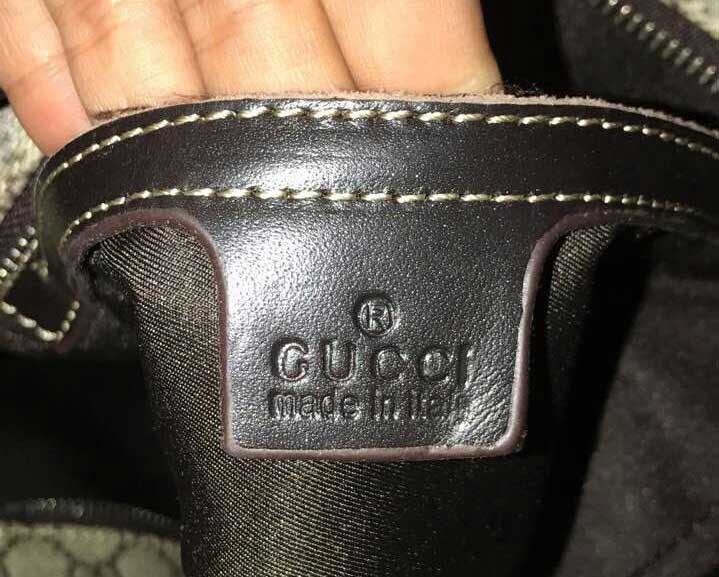
Fake Gucci bag inner leather label tag. Photo courtesy of bagaholic101.com
9. Look Over the Authentication Card (if There is One)
Many designer bags come with authenticity cards. These vary from brand to brand, so make sure to read about the common practice for the brand you’re observing.
Chanel, for instance, uses thick cards that feel like credit cards; these do not have hologram effects on them (fakes often include these to seem more official). Chanel’s cards have a serial number—no more than 9 numbers—that should match a serial sticker inside the bag
Gucci, on the other hand, uses controllato (“controlled”) cards, which always have 10 numbers separated by single spaces (see below).
Just remember that an authentic card can be placed in an inauthentic bag. So, while it certainly helps to have one, it doesn’t necessarily mean you’ve found the genuine article.
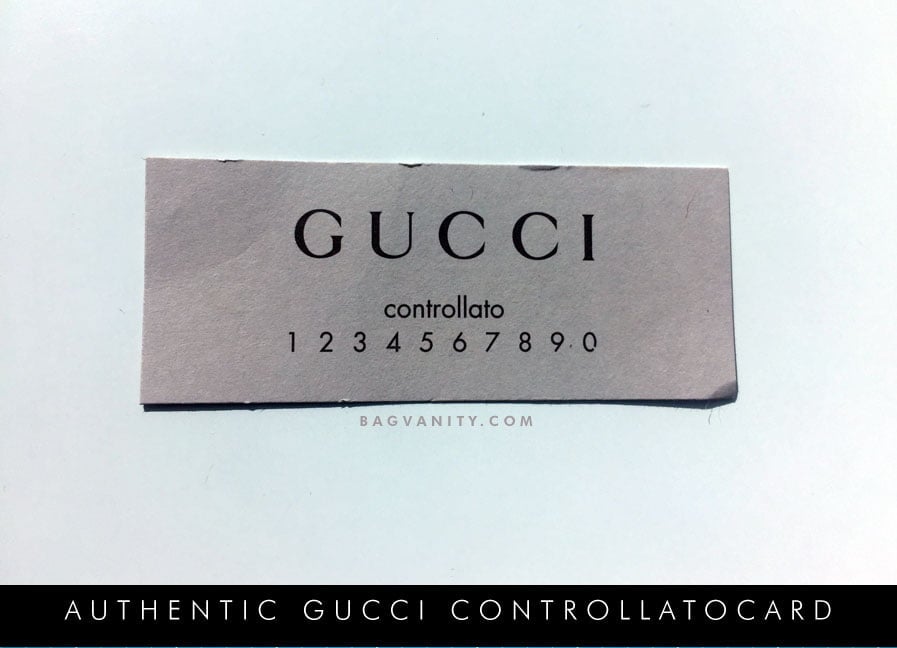
Photo courtesy of bagvanity.com
10. Trust Your Gut
Right, so maybe this piece of advice is less hands-on and practical than the others. But it’s important. We promise.
If something about the bag feels wrong to you, and you get that uncomfortable squishy feeling in your gut, just say no.
While this is our (rather subjective) advice, we think it’s the right way to go because your gut tends to tell you something important about the situation. Maybe it’s the seller. Maybe it’s the stitching. Maybe it’s the way the bag looks sitting on a table…
Whatever it is, if you feel uncomfortable with the bag now, don’t expect that feeling to miraculously disappear just because you’ve purchased it. This feeling of uncertainty might affect how often you wear the bag, whether you feel slightly nervous toting it around—you get the gist. There are plenty of bags out there, especially on the secondary market. If it feels wrong, don’t risk it.
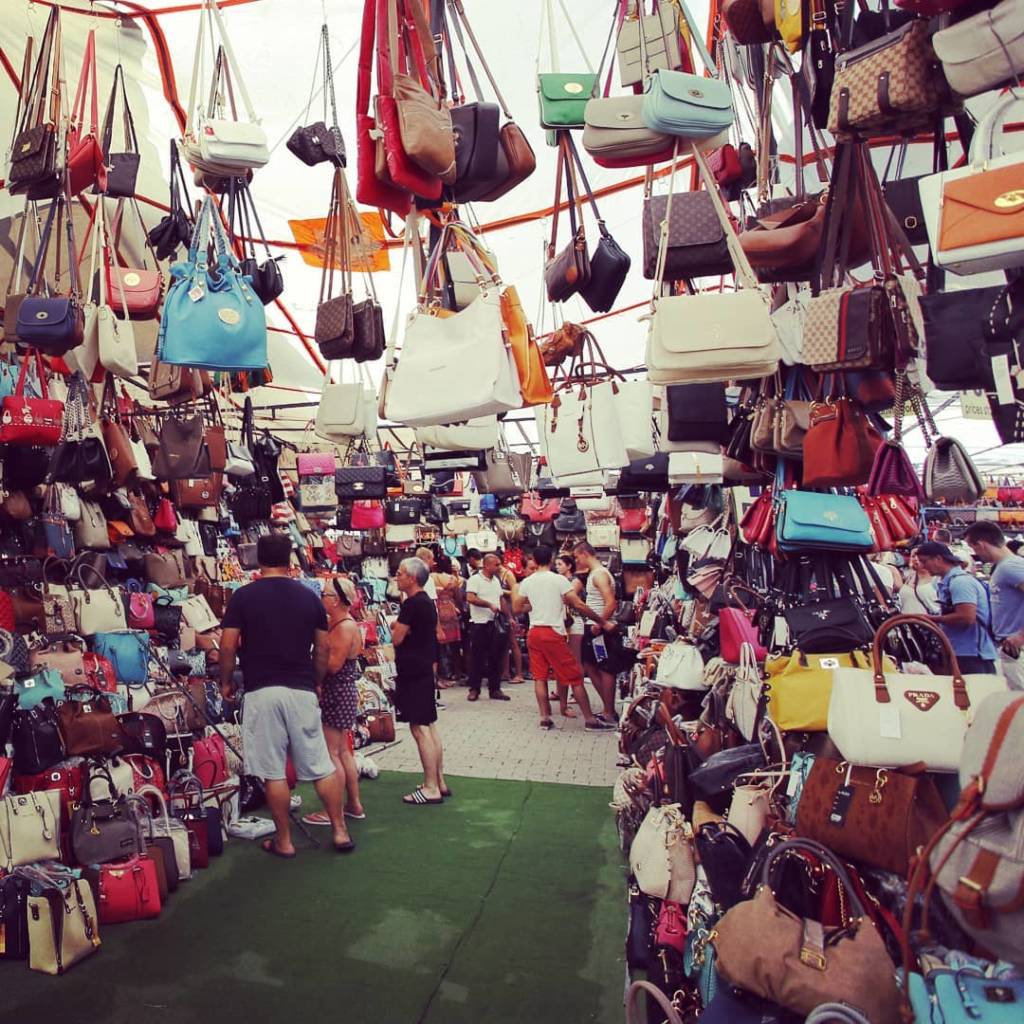
A fake bag market in Turkey. @irma.urban.photography
We hope this helps as you continue your bag journey on the secondary market! It’s definitely a treacherous road, but with these tips you’ll be well-armed for your next handbag encounter along the way. If you ever have questions about the authenticity of a specific bag, please feel free to bring the conversation (and pictures) to BopTalk, where our community of bag aficionados is sure to help you out.
Happy searching!
Read related articles:
What’s the Deal With the Fake Bag Market Lately?
Dear PurseBop: When and How Should I Rehome a Bag?
10 Tips for Reselling Your Bag Online
Love, PurseBop
XO
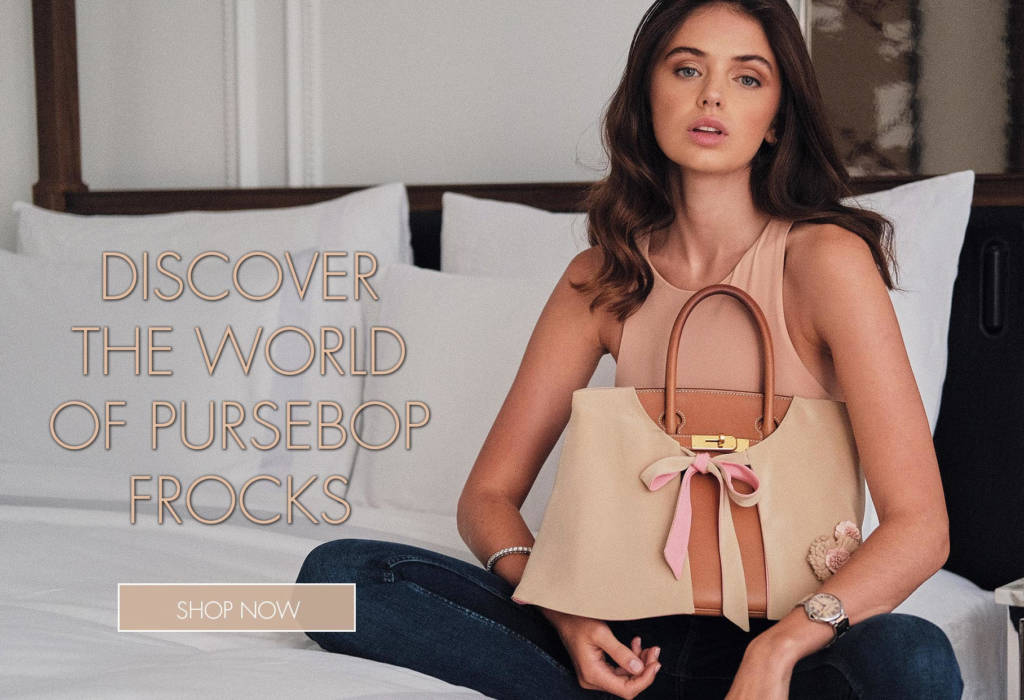
Visit www.pursebopfrocks.com for details.
Updated: October 9th, 2019



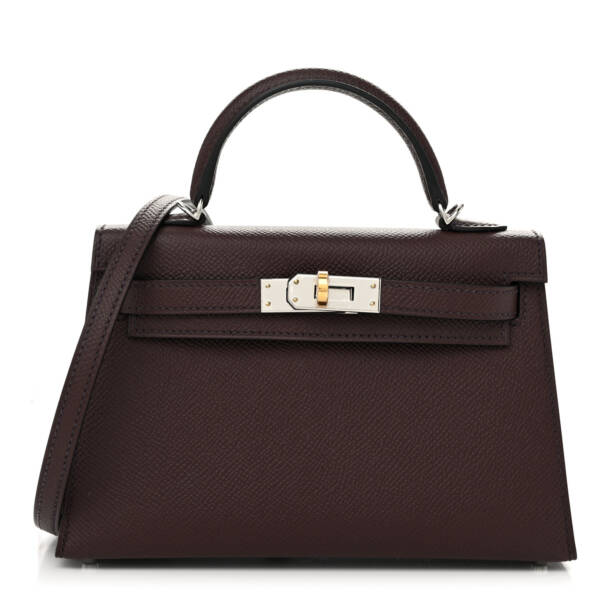
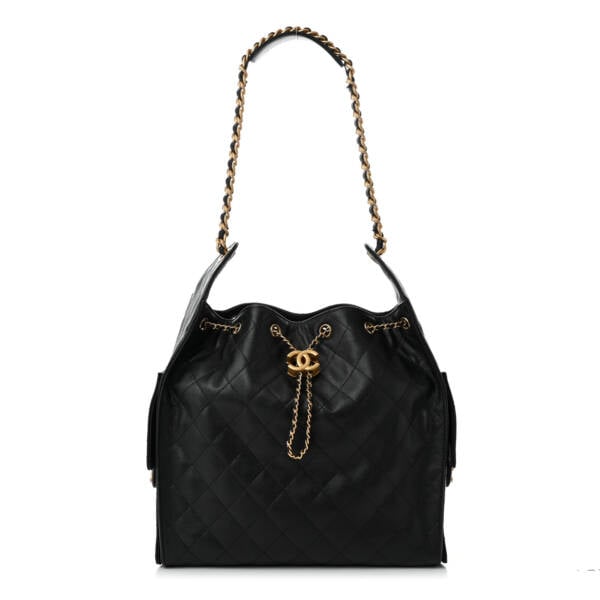
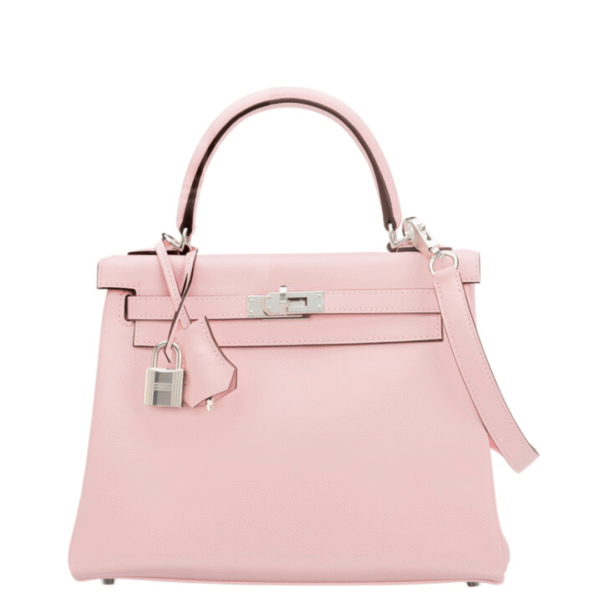
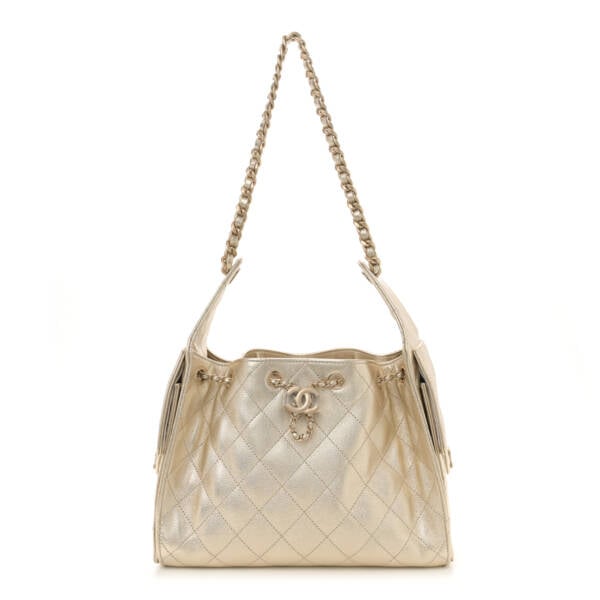
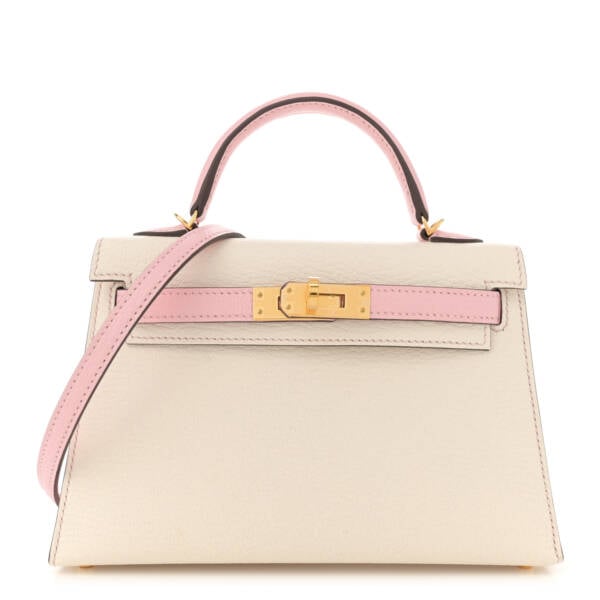
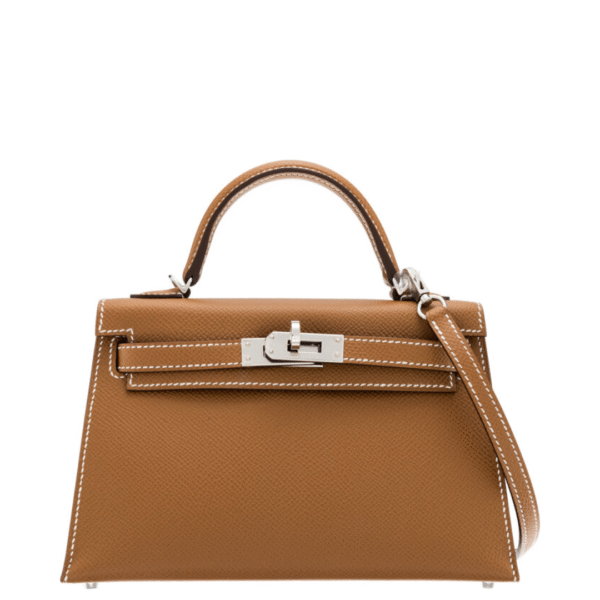
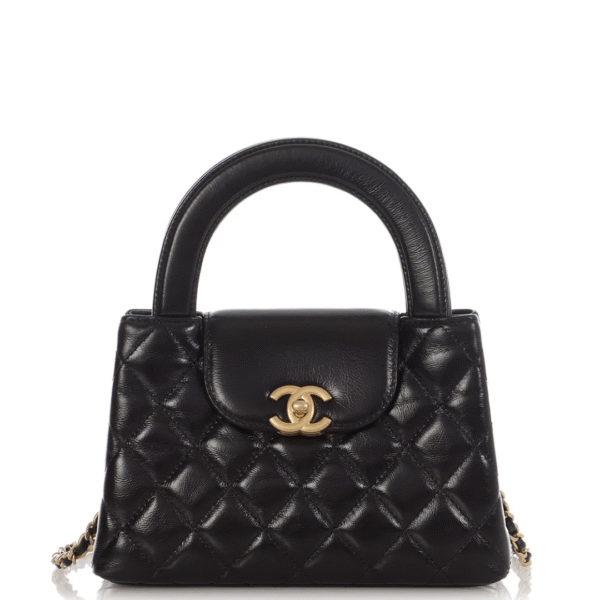
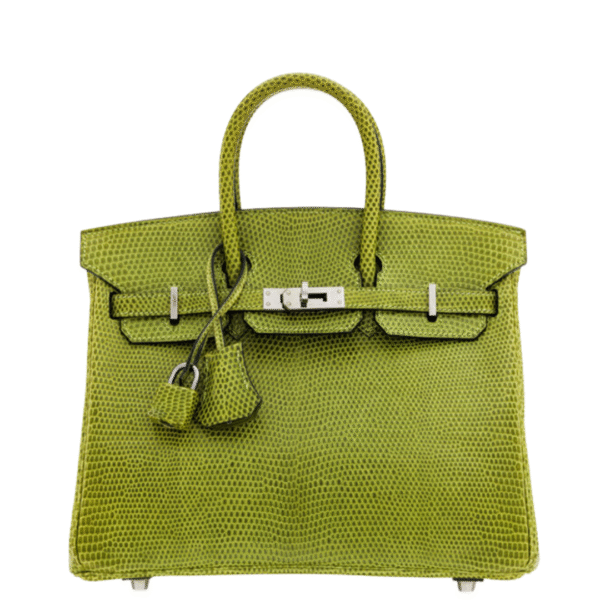
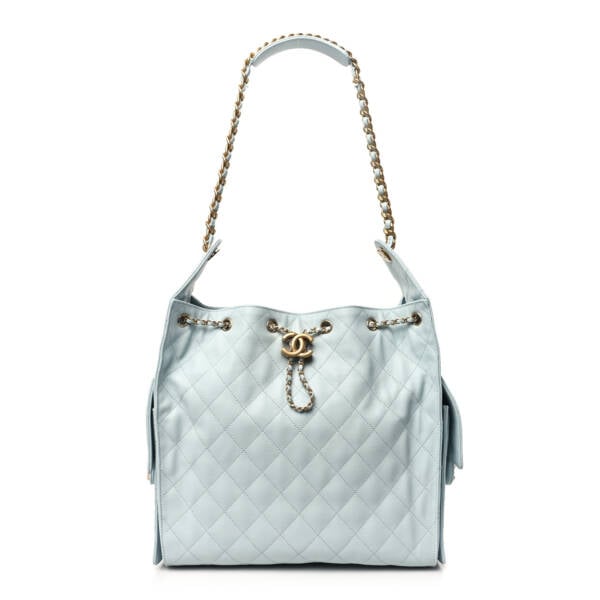
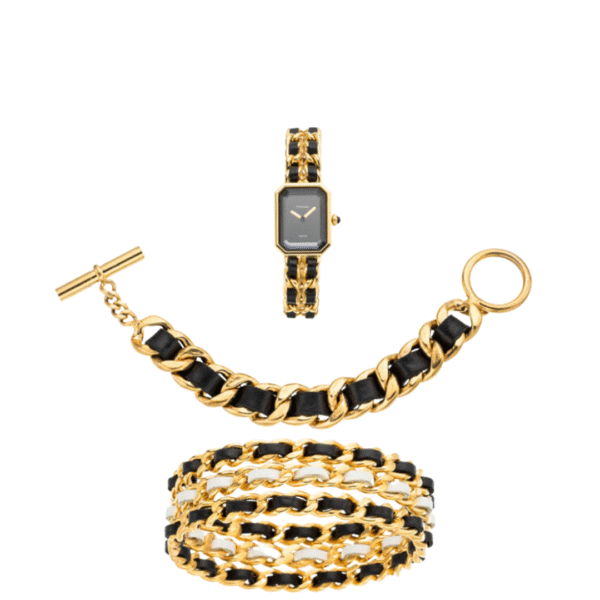


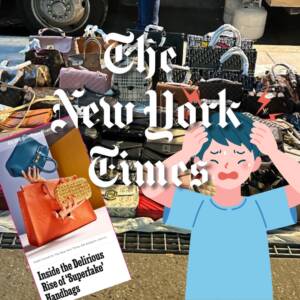
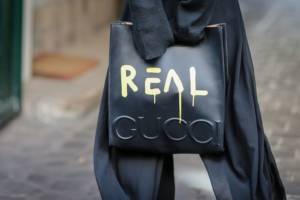
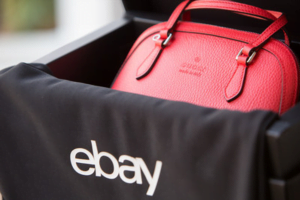
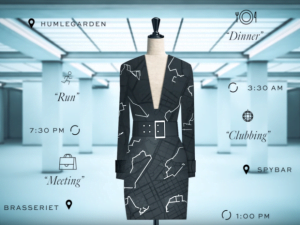

Comments